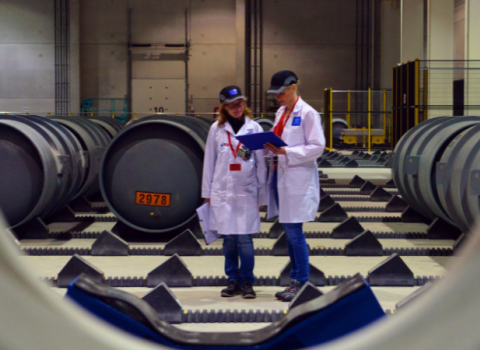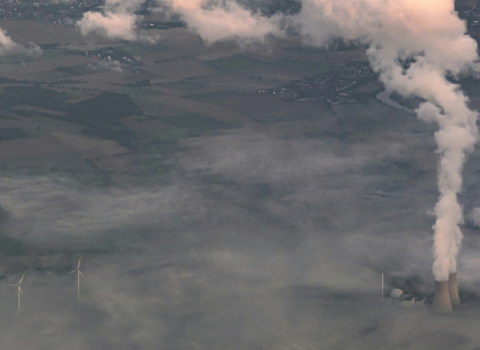After being hit by delays and spiralling costs, the world’s biggest science project is finally making headway towards the ambition of proving fusion is a viable energy source

The ITER construction site in Cadarache, France. Photo: ITER Organization
The International Thermonuclear Experimental Reactor (ITER) is halfway towards completion, with experts now estimating it will be ready for its first stage of operation in 2025.
Should it be successful, commercial reactors modelled on ITER could be built as soon as 2040, project managers say.
“The stakes are very high,” said Bernard Bigot, French theoretical chemist and director general of ITER, which is located in an Alpine forest in the south of France.
Fusion power, the atomic reaction that takes place in the sun, promises no carbon, virtually no pollution, and only some radioactive waste.
“When we prove that fusion is a viable energy source, it will eventually replace burning fossil fuels, which are non-renewable and non-sustainable,” Bigot said.
Thirty-five countries, representing more than half the world’s population, have made investments in the project, which is likely to be the most expensive scientific undertaking ever.
The EU is paying almost half of the cost of ITER, so far around €20 billion; China, India, Japan, Korea, Russia, and the US each hold 9 per cent stakes.
All members share in ITER’s technology; they receive equal access to the intellectual property and innovation that comes from building the reactor.
Since its inception in 2006, ITER has been plagued by delays. Bigot took over the project in 2015 and has had a steadying influence; last year the European Commission hailed important “turnarounds” in the work, although it remains six years behind its initial schedule, and some critics doubt whether fusion can ever become commercially viable.
The finished product, a structure made up of roughly 10 million parts paid for through a special ITER currency, will need to control hydrogen plasma with a temperature of 150 million degrees Celsius, ten times hotter than the core of the sun.





 A unique international forum for public research organisations and companies to connect their external engagement with strategic interests around their R&D system.
A unique international forum for public research organisations and companies to connect their external engagement with strategic interests around their R&D system.